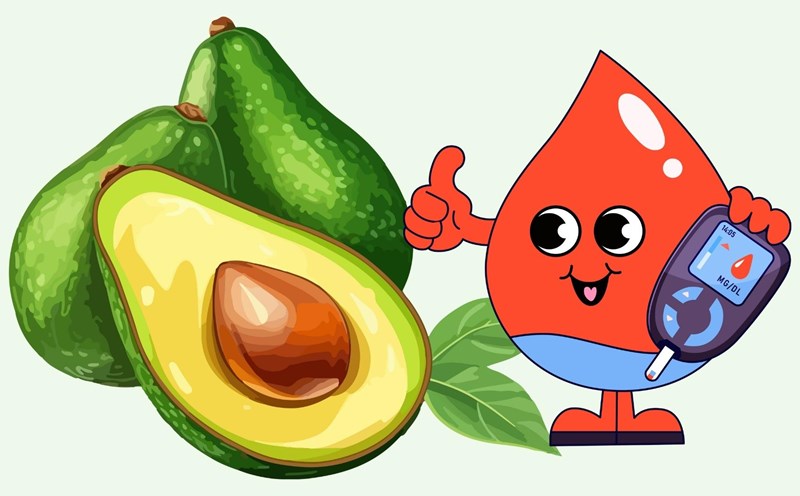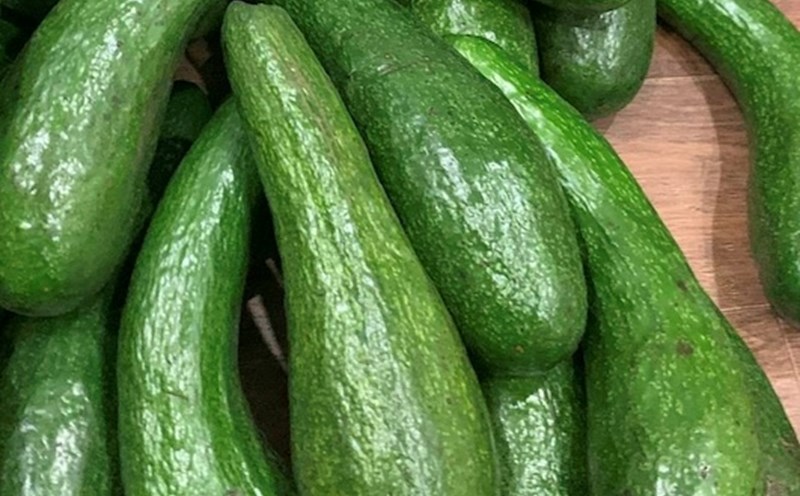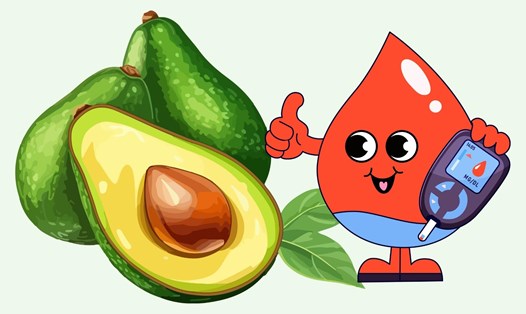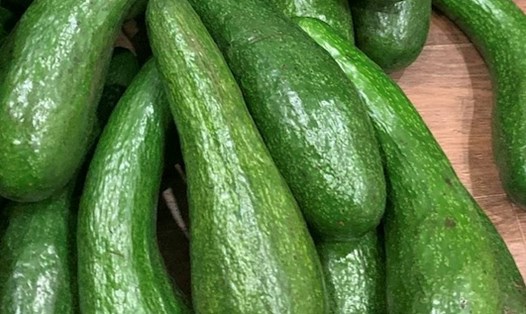Why does butter turn brown?
Many people are confused when cutting avocados and see that the meat is no longer green and fresh but turns dark brown. However, according to nutritionists, this is not necessarily a sign of spoilage.
Oxygenation is a natural phenomenon when the enzyme polyphenol oxidase (PPO) in avocado comes into contact with the air, creating melanin, a pigment that makes the fruit dark. Explains Dr. Elizabeth Barnes, a nutritionist in the United States.
This process is similar to when apples or bananas are darkened. Even if the surface changes color, the meat inside is still safe if there is no strange smell or signs of damage.
However, oxidation can cause a slightly bitter taste, especially in direct contact with the air. In this case, you just need to cut the brown layer and use the remaining green as usual.
How to keep butter fresh for a long time and safely
To slow down the discoloration process, experts recommend keeping the avocado seeds intact when stored and wrapped in a sealed container. Adding a little lemon juice, lemon juice, pineapple juice or coconut water also helps limit oxidation thanks to the natural anti- rust properties of organic acids.
Brown butter is not dangerous, but if you find the fruit soft and mushy, black inside, with a sour or mold smell, get rid of it immediately. This is a sign that the avocado is broken and is no longer safe to eat.
According to Dr. Barnes, avocados are a great source of healthy fats, but only when they are still fresh. Observing colors, texture and flavors is the simplest way to ensure food safety.
A little understanding of the natural reaction of avocado helps consumers avoid wasting food, while being more confident when using this nutritious fruit in daily meals.











